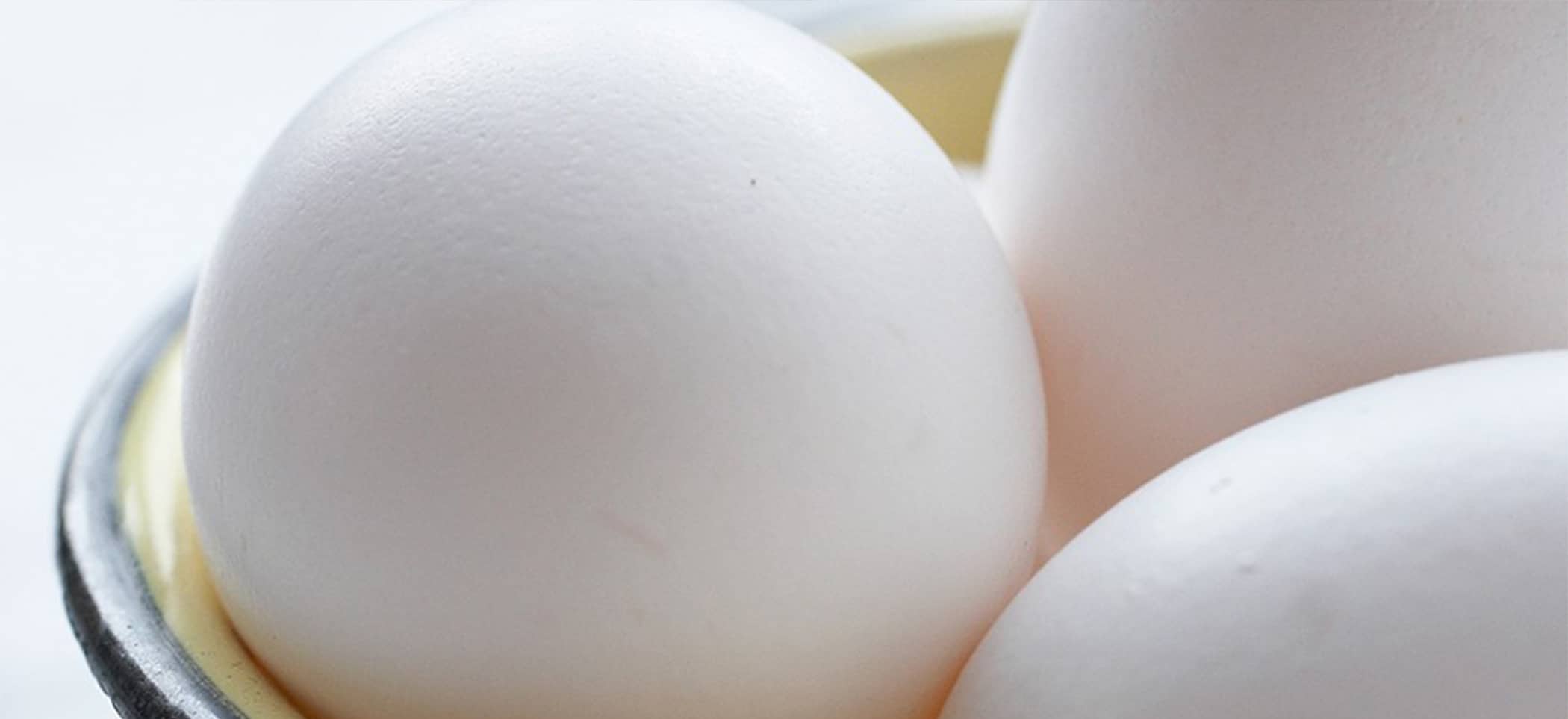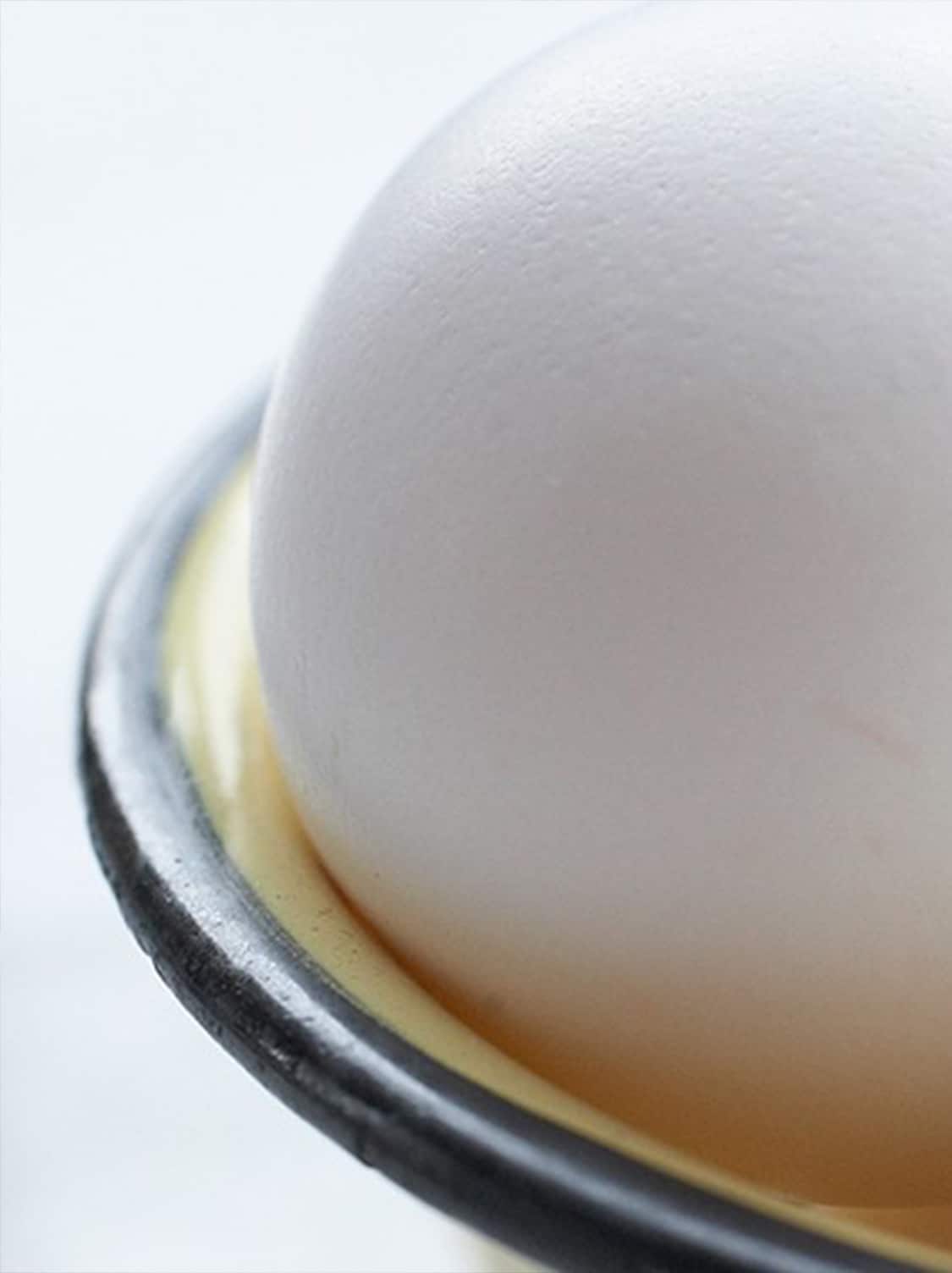

Directions
BEAT eggs, sugar and salt in medium heavy saucepan until blended. STIR IN milk.
COOK over low heat, stirring constantly but gently, until mixture is just thick enough to coat a metal spoon with a thin film and temperature reaches 160°F, about 15 minutes. Do not allow to boil. REMOVE from heat immediately.
COOL quickly: SET pan in larger pan of ice water; stir occasionally and gently for a few minutes to hasten cooling. STIR IN vanilla. SERVE warm, or press piece of plastic wrap onto surface of sauce to prevent a “skin” from forming and REFRIGERATE until thoroughly chilled, at least 1 hour.
Ingredients
- 4 large EGGS
- 1/2 cup sugar
- 1/4 tsp. salt
- 2 1/2 cups milk
- 1 1/2 tsp. vanilla
Tips
Also called crème anglaise, this creamy vanilla custard can be served by itself or over sliced fruit and topped with granola.
Chocolate Custard Sauce Variation: Reduce milk to 2 1/4 cups. Stir in 1/4 cup chocolate-flavored syrup when adding milk.
Mocha Custard Sauce Variation: Reduce milk to 2 1/4 cups. Stir in 1/4 cup chocolate-flavored syrup and 2 tsp. instant coffee granules when adding milk.
Coconut Custard Sauce Variation: Stir 1/2 cup toasted shredded coconut into custard after cooling.
Brown Sugar Custard Sauce Variation: Substitute packed brown sugar for granulated sugar.
Egg yolks can be substituted for whole eggs. Use 2 egg yolks for each whole egg replaced.
Low heat, a heavy saucepan, constant stirring and patience are the keys to making custard sauce. If you increase the cooking temperature to try to speed the process along, the custard is likely to curdle. Stirring constantly, making sure to cover the entire bottom and the corners of the pan, prevents scorching and ensures that the mixture heats evenly.
Watch carefully and test frequently toward the end of the cooking time, after about 10 to 12 minutes. The last few minutes are crucial. Undercooked sauce will be thin and watery; overcooked sauce will curdle. The difference is a matter of only a few degrees.
A thermometer is best, but if you don’t have one, use this test for doneness. Dip a metal spoon partway into the custard, then withdraw it. Custard should drip off the spoon, leaving a thin coating that adheres to the spoon. Repeat test as necessary, using a clean spoon each time, until the correct stage is reached.
The ice water bath is another aid to prevent curdling. It cools the custard and stops the cooking quickly. Have it ready in advance. At this point it is important to stir only occasionally, not constantly. Too much stirring will break down the structure of the thickened custard and result in a thin consistency.
Beginners may want to cook the custard sauce in a double boiler over simmering water. This method takes longer for the sauce to thicken, but allows more control and reduces the risk of curdling.
For perfectly smooth sauce, pour through a sieve before chilling.
Per serving: 1/4 cup
- Calories 66
- Total fat 2 g
- Saturated fat 1 g
- Polyunsaturated fat 0 g
- Monounsaturated fat 1 g
- Cholesterol 61 mg
- Sodium 89 mg
- Carbohydrates 8 g
- Fiber 0 g
- Sugar 8 g
- Protein 3 g
- Vitamin A 38 mcg
- Vitamin D 0 mcg
- Folate 10 mcg
- Choline 53 mg
- Calcium 65 mg
- Iron 0 mg
- Potassium 88 mg
To ensure food safety, eggs should be cooked until both the yolk and the white are firm. Consuming raw or undercooked eggs may increase your risk of foodborne illness, especially for those with certain medical conditions. For recipes that call for eggs that are raw or undercooked when the dish is served, use either pasteurized shell eggs that have been treated to destroy Salmonella, or use pasteurized egg products.
